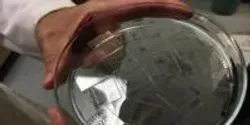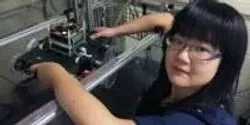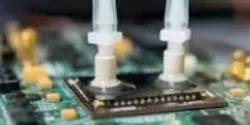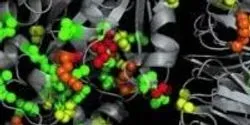All by Georgia Institute of Technology
Filter by
AllArticlesAudioEbooksEventsInfographicsNewsProductsSurveysDocumentsVideosVirtual EventsWebinars
New tech could be used to create space structures, deployable medical devices, robots, toys and a range of other structures

Using a hybrid silica sol-gel material and self-assembled monolayers of a common fatty acid, researchers have developed a new capacitor dielectric material that provides an electrical energy storage capacity rivaling certain batteries, with both a high energy density and high power density.

Scientists around the world are using the programmability of DNA to assemble complex nanometer-scale structures. Until now, however, production of these artificial structures has been limited to water-based environments, because DNA naturally functions inside the watery environment of living cells.

Quantum computers are in theory capable of simulating the interactions of molecules at a level of detail far beyond the capabilities of even the largest supercomputers today. Such simulations could revolutionize chemistry, biology and materials science, but the development of quantum computers has been limited by the ability to increase the number of quantum bits, or qubits, that encode, store and access large amounts of data.




















